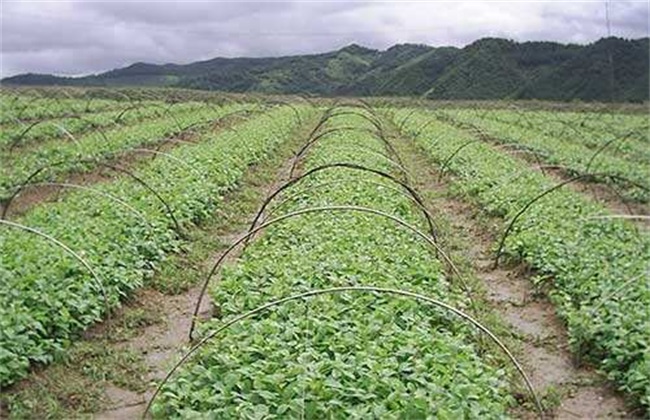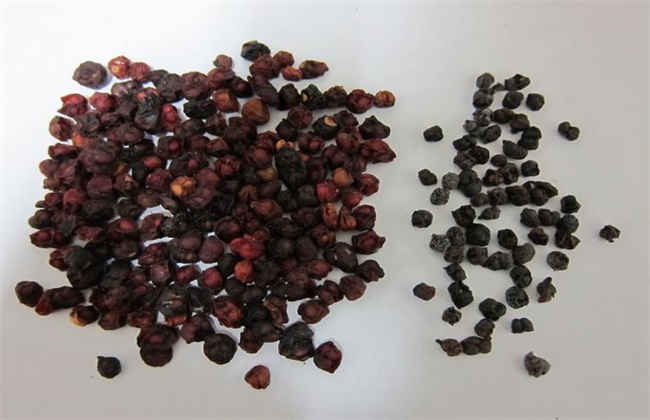Seedling raising techniques of Schisandra chinensis
Schisandra chinensis is a kind of traditional Chinese medicine of Magnoliaceae, which has a very wide range of distribution in China. The efficacy value of Schisandra chinensis is very high, with nourishing, physical fitness and other effects. With the increase of market demand, the wild number of Schisandra chinensis is getting smaller and smaller, so there are more and more people planting. So when we plant Schisandra chinensis, how to raise seedlings? The following editor will give you a brief introduction, let's have a look!

1. Selection of nursery field
The quality of seedling field is closely related to the emergence rate and yield of Schisandra chinensis, so we should first do a good job in the selection of seedling field before raising seedlings. The soil is fertile, soft, thick and drained normally. Then turn the seedling bed into a high bed and keep the height at about 15cm. Avoid the seedling bed low-lying prone to waterlogging, and then make sure that the seedling bed has a soft soil layer around 15cm. According to the topography, the length of the seedling bed should be controlled, the impurities on the seedling bed should be removed, an appropriate amount of mature farm manure should be applied, and the soil should be fully stirred.
2. Seed treatment
Choose full and healthy fruit when the fruit of Schisandra chinensis is ripe, and then soak it in warm water with a temperature of about 40 degrees for about 3 days. Then take out the seeds, pick out the empty seeds, and put them in an adaptive environment to dry. Then fully mix the seeds with wet sand, dig a hole and bury them in the covered soil, then cover the seeds with a layer of soil, dig a good ditch to avoid Rain Water irrigation. In the process of accelerating germination, we should pay attention to check the seed condition regularly to avoid mildew and deterioration. When we see the radicle of the seed gradually exposed, we can start sowing.
3. Sowing seeds at the right time
We should reasonably control the planting time according to the environment and planting conditions of the planting area. Generally, the treated seeds are sown from May to June every year. The sowing method is generally based on strip sowing, if it is strip sowing, then first of all, we should control the line spacing and keep it around 10cm. After sowing, cover the soil about 2 cm, control the sowing amount. For untreated seeds, after the seeds are cleaned, dry them slightly, and then sow them in August-September of each year.
4. Cultivation and management
Schisandra chinensis has a large demand for nutrients, and it needs sufficient water and nutrients during the whole growing period. After survival, we should pay attention to regular watering to keep the soil moist. Pay attention to watering the soil before freezing to help Schisandra through the winter. Then after entering the pregnant bud flower and fruit stage, it is necessary to appropriately increase the amount of fertilizer application. Fertilization is about twice a year, once at leaf expansion stage and once after flowering. The amount of mature farm manure applied to each plant is about 8kg, and the main method of fertilization is to open ditches, and attention should be paid to soil mulching after fertilization.
The above is a brief introduction to the breeding technology of Schisandra chinensis. The work of raising Schisandra chinensis seedlings directly affects the yield and quality of Schisandra chinensis, so we must pay more attention to it when planting. So that's all for today's introduction. This article is for reference only. Thank you for your reading and support.
Related
- Fuxing push coffee new agricultural production and marketing class: lack of small-scale processing plants
- Jujube rice field leisure farm deep ploughing Yilan for five years to create a space for organic food and play
- Nongyu Farm-A trial of organic papaya for brave women with advanced technology
- Four points for attention in the prevention and control of diseases and insect pests of edible fungi
- How to add nutrient solution to Edible Fungi
- Is there any good way to control edible fungus mites?
- Open Inoculation Technology of Edible Fungi
- Is there any clever way to use fertilizer for edible fungus in winter?
- What agents are used to kill the pathogens of edible fungi in the mushroom shed?
- Rapid drying of Edible Fungi



